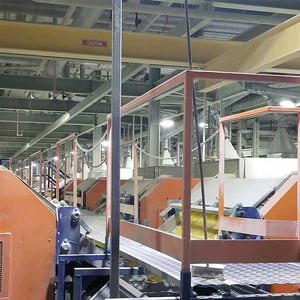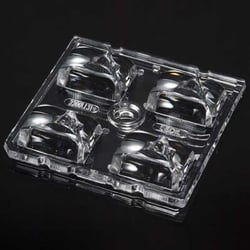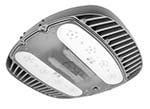Many existing facilities are replacing their legacy fixtures with more energy-efficient LED lights.
Advantages to industrial LED fixtures.
One of the key advantages of LED technology is its smaller size. Fluorescent, metal halide and high-pressure sodium (HPS) bulbs require much larger fixtures. Compact LED fixtures have better optical control, directing light to the intended surface. LED luminaires with high-quality optics can provide a uniform distribution of light. They improve visual performance and comfort.
Common challenges when upgrading industrial facility lights.
Replacing luminaires based solely on manufacturer-specified equivalency can lead to inconsistent results. This impacts visual performance. Light output, beam profile, colour temperature, and CRI are critical metrics to consider. They can ensure that the new system provides equal or better results.Non-uniform light distributions can pose safety hazards. This safety issue creates dark patches and blind spots in the workspace. Impairing the ability to detect objects poses challenges for the workforce.
Mesopic vision plays an interesting role for worksites.
Mesopic vision is the intermediate state between photopic (daytime) and scotopic (nighttime) vision. In specific environments, it is particularly crucial when moving vehicles are involved. The human eye responds to specific wavelengths of light under mesopic conditions differently. Shorter wavelengths of light from LEDs improve detection, reaction time, and recognition. These abilities are critical in many nighttime situations.
When retrofitting facilities with LED luminaires, we should consider the following:
- Uniformity
- Target light levels
- Visual performance
- Typical use of the area
Considerations for mesopic vision are a must for an application-centric design approach. This creates a better work environment for everyone!


